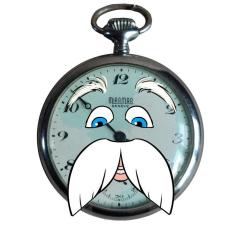Digital or Optical microscope - which way to jump ?
-
Recently Browsing
- No registered users viewing this page.
-
Topics
-
Posts
-
By Neverenoughwatches · Posted
Just arrived, i thknk i know what most of it is for, though there are a few obscure items , some watchmaker made by the looks. I love the arbor vices, and not quite a complete screw polisher among the lot. The six in the last picture I'm not sure about but i have an idea about 1 or two of them. -
By watchweasol · Posted
Hi. Breaks like this can br fixed with conductive paint like the paint used to repair a car rear screen heater. I have used it successfully, you don’t need much and unlike solder there is no heat 6020A-1.pdf -
the problem with vintage watches and yes quartz watches can be vintage is availability of parts will be a problem. I have a link below where we can cross reference the coil and I was hoping for more. Another problem for vintage parts are everyone on the group gets used to ordering from online. Conceivably the physical material houses that still exist out there might have the part and you'd have to reach out to them and see if anyone has one. this is because they don't list every single part that they have online with the exception of cousins where everything they do is online work just doesn't exist but the other material houses can have stuff not listed. Otherwise just set up a search on eBay and sooner or later it will possibly show up if you're lucky. http://cgi.julesborel.com/cgi-bin/matcgi2?ref=SEK_6020A
-
the bestfit book refers to Revue as wittnauer and the fingerprint we have this.
-






Recommended Posts
Join the conversation
You can post now and register later. If you have an account, sign in now to post with your account.
Note: Your post will require moderator approval before it will be visible.